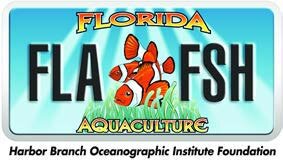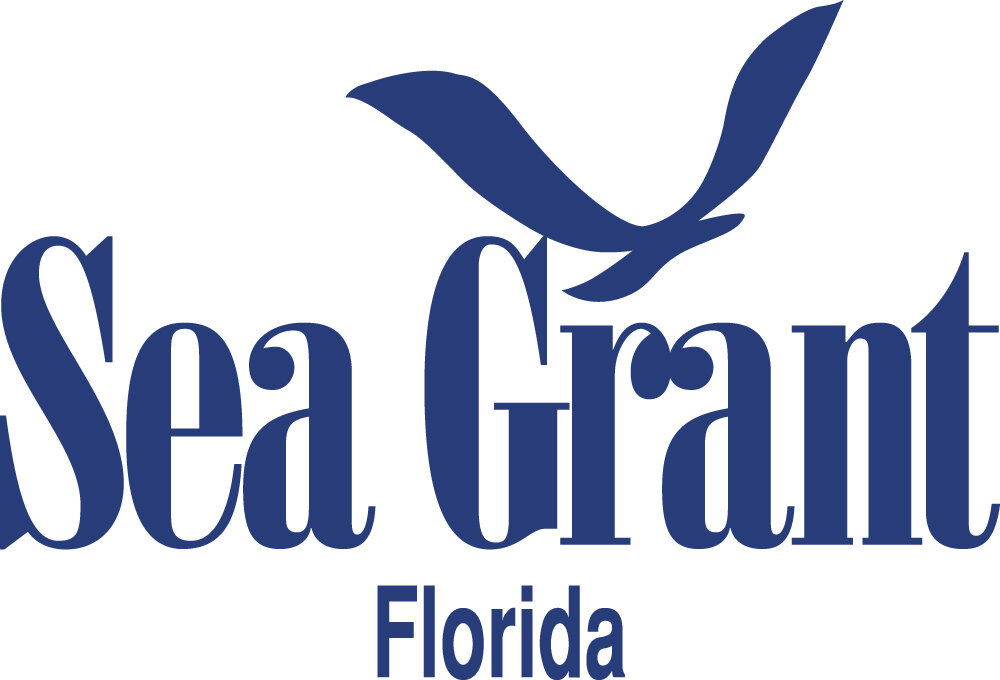ray-clam Interactions
Hard clam aquaculture supports a multi-million dollar industry across the state of Florida, and hundreds of millions throughout the southeast US. A vital stage of the hard clam culture process is “grow-out,” which involves raising clams to market size within porous net bags or under cover netting situated along the benthos. An emerging issue with grow-out operations is increasingly common interactions with large mobile predators, such as drum and rays, which are purported to excavate protective netting and/or cause mechanical damage to clams housed within grow-out bags. Using a model large, mobile predator (whitespotted eagle ray), we are investigating feeding interactions through controlled mesocosm experiments at Mote Marine Laboratory that designed to mimic current grow-out methods and understand predator preferences based on the type of protective material used.
In the field, we are also examining how predators like rays interact with clam restoration activities, which are burgeoning across central and south Florida. Currently, we are working in Sarasota Bay where we are using Before-After-Control-Impact experiments to assess whether rays (and other clam predators) are attracted to these activities, and whether or not they have measurable impacts. Our measurements of ray activity are being made using a combination of acoustic telemetry and passive acoustic/video monitoring.
In 2022, we will begin assessing the capacity of magnetic deterrents to impede ray predation (and general elasmobranch occurrence) in submerged aquaculture leases.
Collaborators: K. Bassos-Hull (Mote Marine Lab), A. Collins (Florida Sea Grant), P. Wills (FAU-HBOI), Susan Laramore (FAU-HBOI).
Funding: Aquaculture Specialty License Plate Program, Florida Sea Grant



